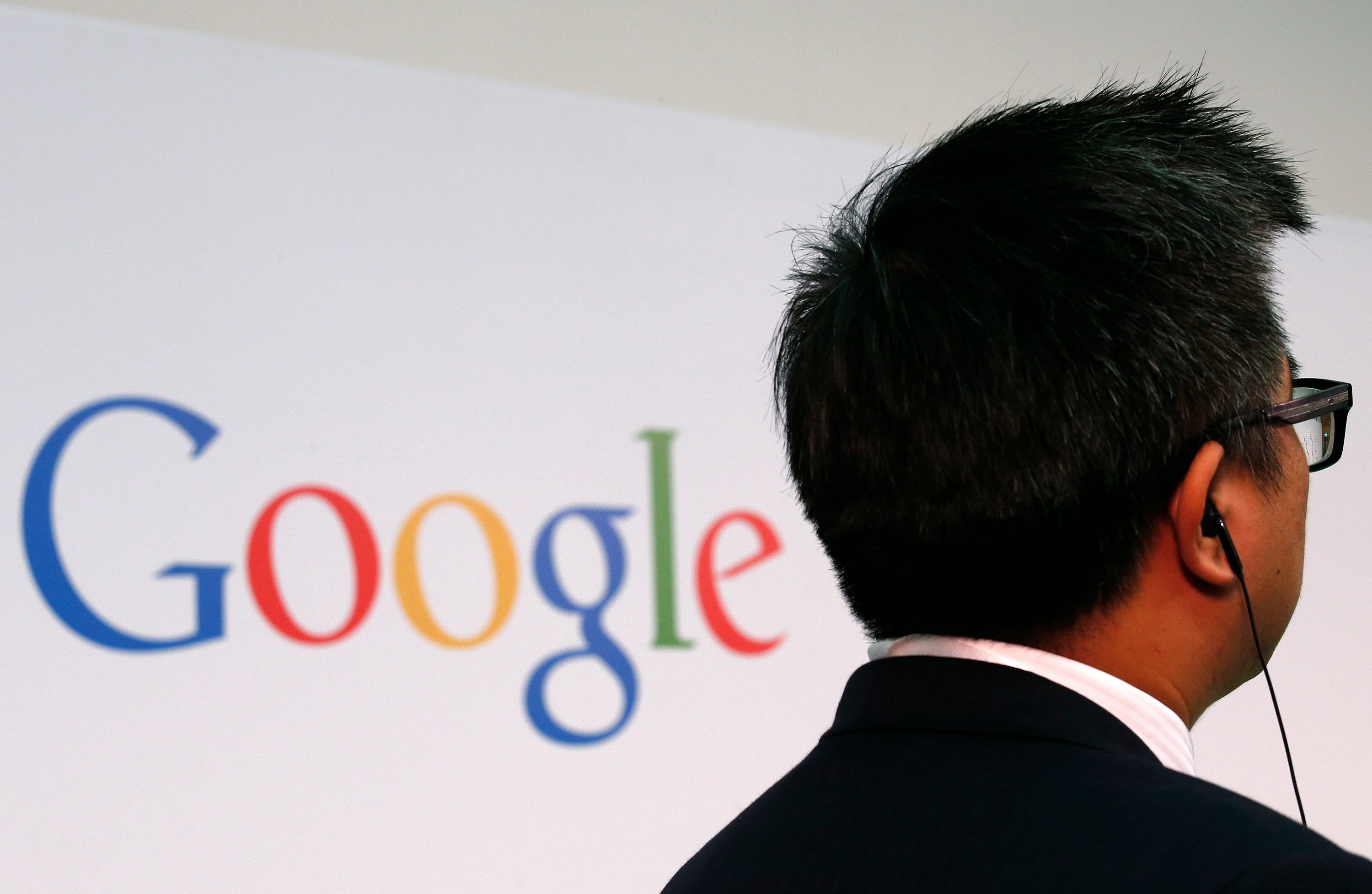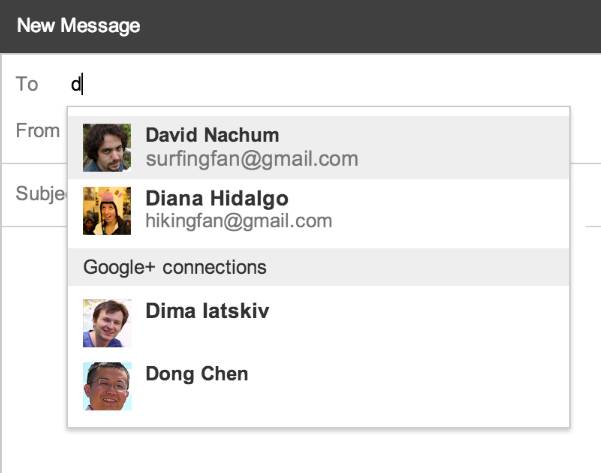Google connects Gmail to Google+ allowing strangers to contact you
New feature integrates users' contacts on social network Google+, allowing users who don't know your email address to contact you over Gmail

Gmail users can now send and receive emails from their Google+ contacts without knowing their email address.
“Gmail will suggest your Google+ connections as recipients when you are composing a new email,” explained Google Product Manager David Nachum in a blog post on Thursday.
The new feature will be turned on automatically and aims to help people who already know each other, but do not have each other’s email address. When users type in an email recipient, Gmail will also suggest Google+ contacts as recipients.
Fortunately for some, there are controls in place to stop users from being flooded from messages. Users can opt out by modifying their email settings, therefore deciding to receive emails from “Anyone on Google+”, those in “Extended circles” or “Circles”, or from no-one on Google+.
The blog post explains: “These emails work a bit differently so that your email address is only shared with the people you want. Your email address isn't visible to a Google+ connection unless you send that person an email, and likewise, that person’s email address isn’t visible to you unless they send you an email.”

The messages will also not show up in users’ main Gmail inbox, instead appearing under the Social tab. Emails from contacts that you already know will appear under the Primary tab. This takes advantage of the multi-tabbed inbox style introduced by Google in May last year.
Although users can opt-out, there are still privacy concerns regarding the new feature. A Gmail user only needs to be in their “Circle” of contacts on Google+ in order to send them a message.
Speaking to the LA Times, Marc Rotenberg, executive director of the Electronic Privacy Information Centre, said that the new move was “eerily similar to the Buzz fiasco.”
The social network Buzz, launched by Google in 2010, utilised Gmail users’ contact lists to create social networks. Personal contact lists consequently became visible to others and resulted in a settlement with the U.S. Federal Trade Commission.
A number of Gmail users have taken to Twitter to complain about the feature, expressing concern that the feature will lead to an increase in spam email.

Mike Masnick, CEO of technology website Tech Dirt, tweeted “Already drowning in email and Googe makes it easier for PR people to flood my email? No thanks.”
The move may be viewed as an attempt to increase the popularity of fledging social network Google+. Google has previously attempted to encourage more Google+ users, by such moves as replacing YouTube comments with Google+ comments. This was met with uproar by many people, resulting in over 400,000 posts on the Google products forum.
Hopefully for Google this feature will cause fewer complaints when it rolls out over the next few days.
Join our commenting forum
Join thought-provoking conversations, follow other Independent readers and see their replies
Comments